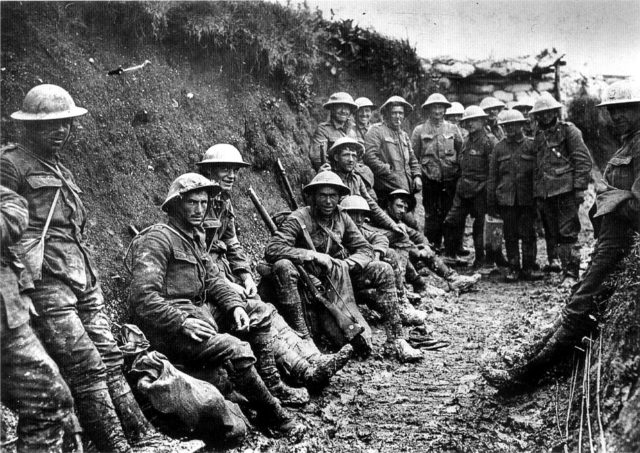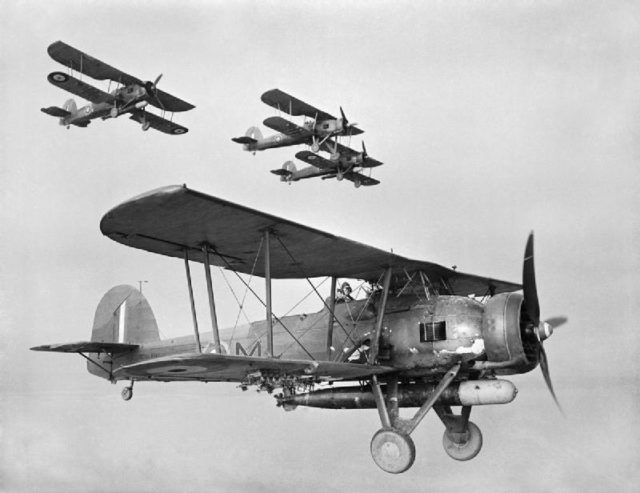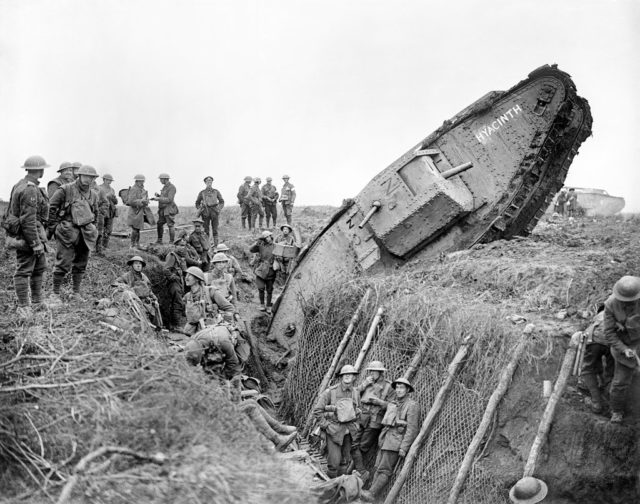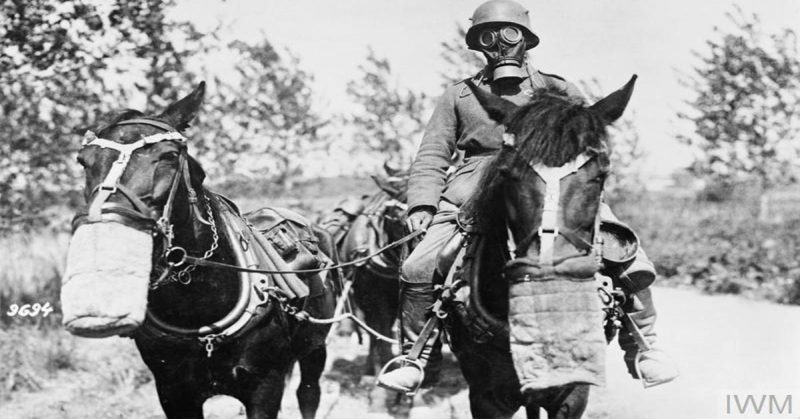War History online proudly presents this Guest Piece from John Tuttle
WWI erupted following the assassination on June 28, 1914, of Archduke Franz Ferdinand and his wife Sophie in Sarajevo, the capital of Bosnia and Herzegovina. The war involved conflicts between prominent nations including Great Britain, France, Russia, Germany, Ireland, Austria-Hungary, and eventually the United States which joined the fight late in the war. WWI took its toll over a period of approximately four years and three months, not including the fighting which continued in Turkey.
Technically and historically speaking, the war was brought to a close on June 28, 1919, with the signing of the Treaty of Versailles, five years to the day since the assassination of Ferdinand. The war cost the lives of around 20 million soldiers and innocent civilians. It caused many more injuries that were not fatal, leaving many people crippled, missing limbs, or psychologically impaired – a result of all wars. As the war progressed, battle strategies and weapons were born, died out, or underwent an evolution.
For example, the horse played a major role in both WWI and WWII. The cavalry was extremely crucial in the early days of the war, proving very effective in combat against enemy infantry. The significance of equines in WWI is depicted in Steven Spielberg’s 2011 film War Horse.
Historically, in the Battle of Mons (or the Battle of the Frontiers) which occurred in late August 1914, a party of British cavalry charged the Germans, rendering them unable to advance very far. But as more and more trenches were dug and a stalemate ensued, the cavalry became a rarity.

All infantry soldiers were provided with bayonets to attach to their guns. The bayonet is a sharp blade intended for stabbing and was used primarily for fighting in close range hand-to-hand combat. Most of those utilized in WWI were of the simple knife variety but the French often used the needle bayonet, and the Germans were sometimes known to use a cruel saw-bladed one. Bayonets were also deployed by the Japanese a few decades later in WWII.
WWI has been referred to as “the birth of submarine warfare.” In 1917, Germany declared it would start attacking unrestrictedly at sea with its Unterseeboote or U-boats as they became known. On March 17 of that year, German U-boats sank three American merchant ships. Thus, the United States declared war on Germany the following month. The US Navy also used submarines in battles during WWI.
Guerrilla warfare consists of ambushing, sabotaging, and raiding and is carried out by a small group of fighters against a larger and less-mobile military. Guerrilla tactics were used during WWI. For example, while fighting in Africa, a German commander named Paul Emil von Lettow-Vorbeck battled against a larger force of Allies using cunning and hit-and-run tactics. Von Lettow-Vorbeck returned to Germany as a hero.

Just 11 years after the first successful airplane flight of the Wright brothers in North Carolina, USA, planes were being used by both the Allies and the Central Powers in WWI. Early in the war, airplanes were deployed for reconnoitering. Eventually, machine guns were added. Machine guns played a pivotal role on the ground as well as in the air. Automatic machine guns, another American invention, had been around since 1884. Some of those used in WWI could shoot 450 to 600 rounds per minute.
The tank was invented during WWI. All-terrain armored fighting vehicles like the tank were being manufactured to meet the demands of competing in trench warfare. The British first employed tanks in combat on September 15, 1916, at the Battle of Flers-Courcelette. Less than two years later, Britain had built approximately 2,600 tanks. Other items invented for use in a war included flame throwers in 1901 and poisonous mustard gas.

As can be seen, WWI was the testing ground for several new implements of war. The tank continued to evolve and grow larger. Horses were still considered powerful aids and were used by armies in WWII. A variety of dangerous chemicals were employed during WWII including mustard gas, diphosgene, and carbonyl chloride. And, of course, airplanes evolved to be able to carry bombs.
It was the devastating and catastrophic atomic bombs dropped by a B-29 Superfortress bomber that finally brought closure to WWII.
By John Tuttle
